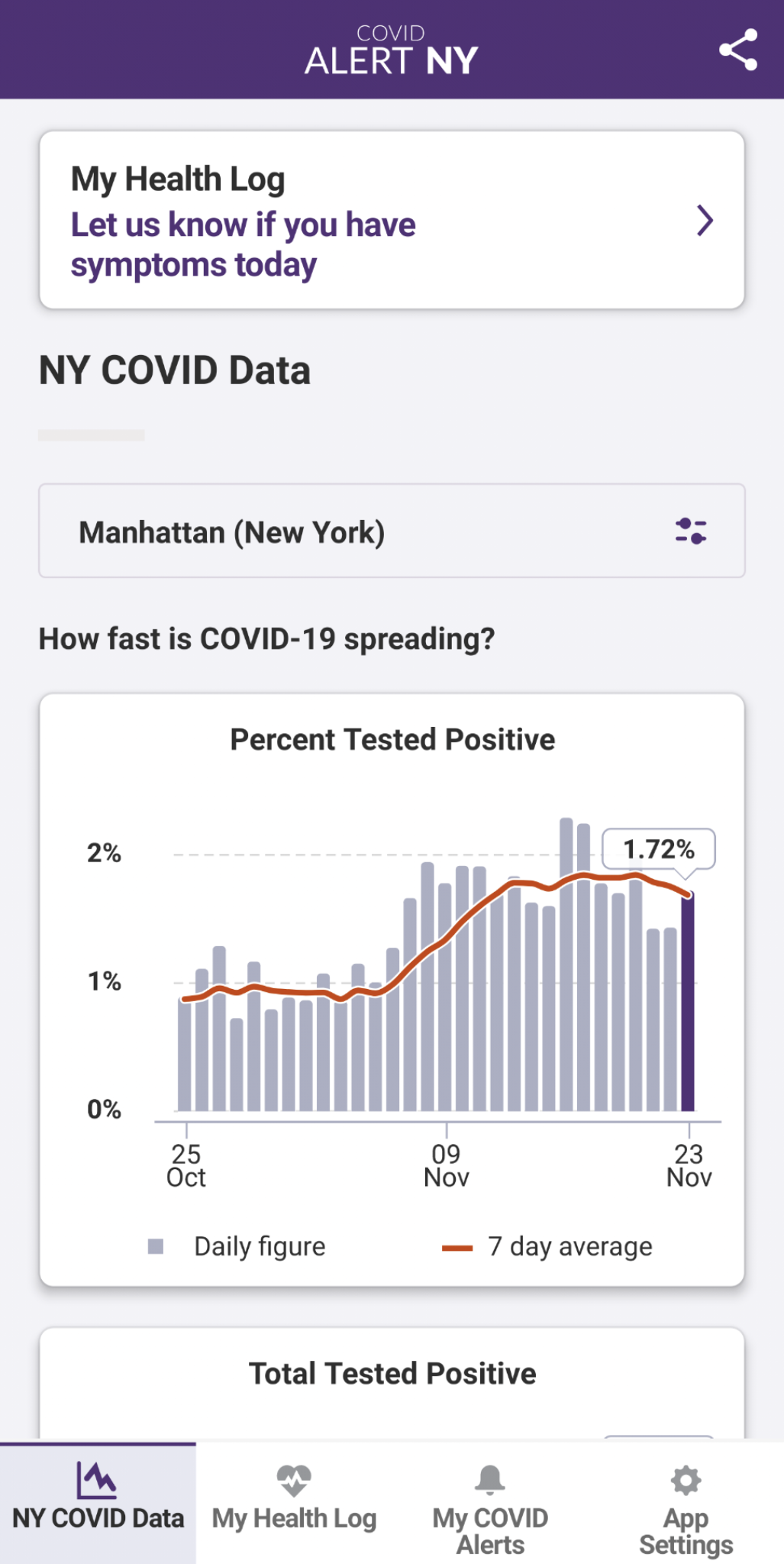I have written about stablecoins a bunch here at AVC. I believe cryptocurrencies that are not highly volatile are important for use cases like e-commerce. I explained why here.
So we need crypto assets that are price stabilized and one of the best ways to do that is to peg a crypto asset to a fiat currency like the dollar. You do that by fully reserving the asset with dollars.
The two most popular digital dollars are USDT (Tether) and USDC. There is almost $20bn of circulating supply of USDT and just over $3bn of USDC.
There has always been some concern that USDT is not fully reserved. I share that concern. I am more confident that USDC is fully reserved and it is the digital dollar that I hold and use.
We got some big news yesterday about USDC which is that the VISA card network is going to “help select Visa credit card issuers start integrating the USDC software into their platforms and send and receive USDC payments.”
I think this is going to give more payment networks and financial services platforms the confidence to also integrate USDC. I could imagine USDC having a circulating supply of the current size of Tether by this time next year. We will see.
There are concerns for those, like me, who are big fans of digital dollars. A few members of Congress yesterday proposed a bill requiring stablecoin issuers to be banks. I appreciate that our elected officials want to provide for consumer safety and confidence. But forcing all of this innovation into the banking system is the surest way to kill it that I have ever heard of. Maybe that is what they want to do. We cannot allow that. The crypto sector and innovative financial services companies like VISA will need to spend time on the Hill educating our elected officials on what good regulation looks like and what bad regulation looks like. All we seem to be getting out of DC right now is on the bad side.
Finally, I should mention that while we are debating the role of digital dollars here in the US, China is rolling out its own digital Yuan. Goldman Sachs estimates that over a billion people will be using the Digital Yuan within a decade. I think that is way too pessimistic.
I think everyone who uses fiat currency right now will be using digital/crypto versions of these fiat currencies within a decade. The only question is which ones we will use the most. If we want the Digital Dollar to be in the top two or three, we had better get behind the ones that are out there and support the issuances of new ones too.

